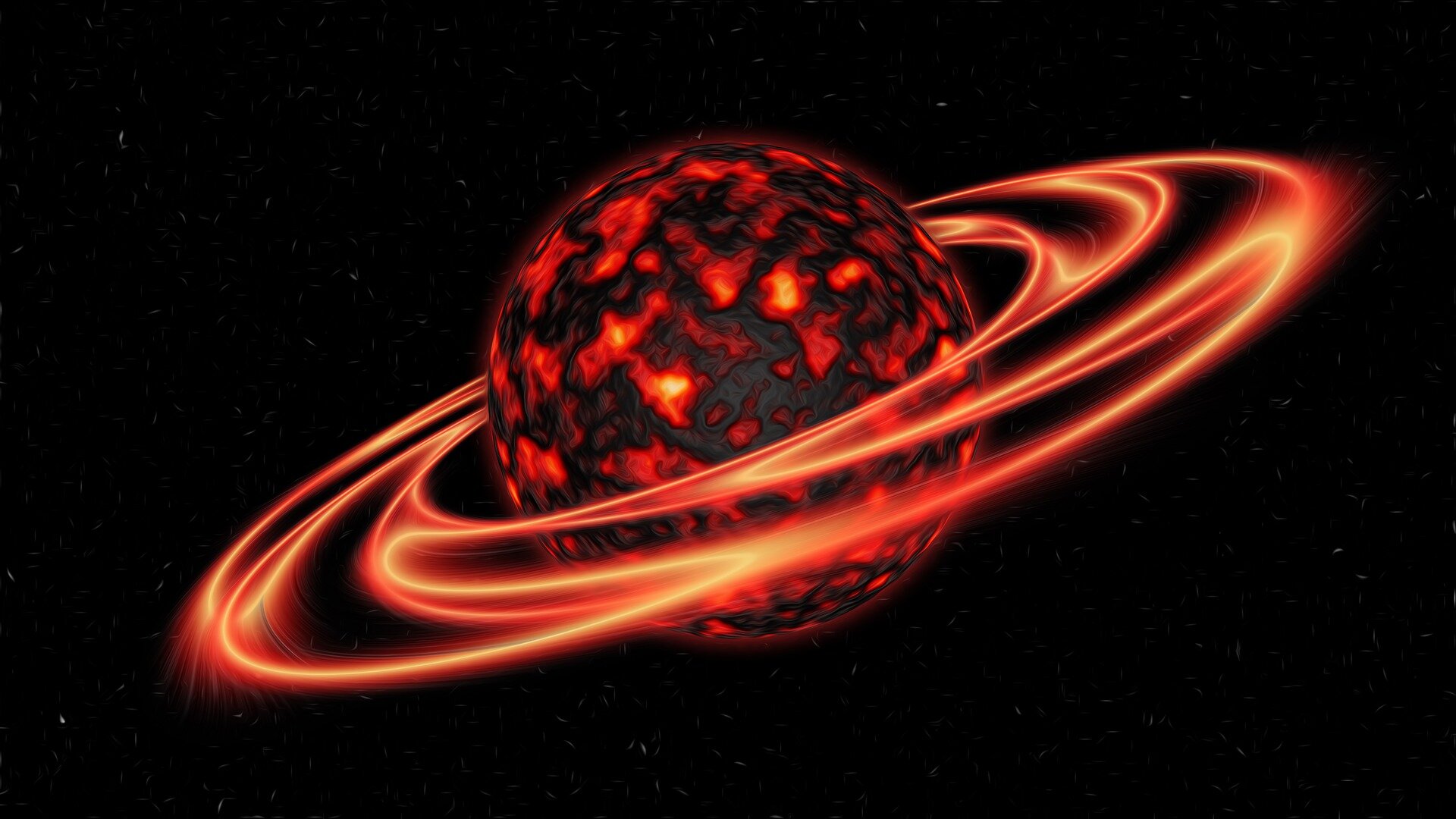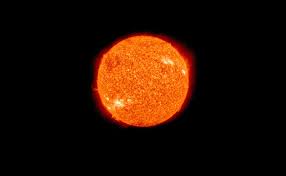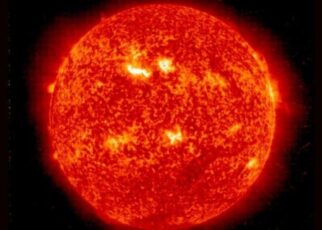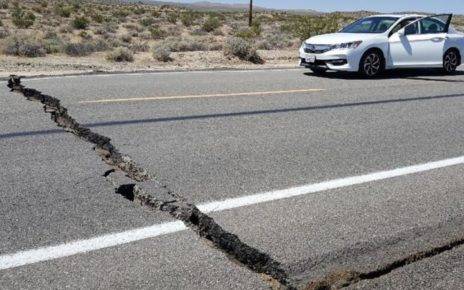It was the year 1859. September 1st. All are working in offices. All the radios seemed to be dumbfounded by some pictorial noise. Shortly after, a short circuit occurred in the telegraph lines and fires broke out. Offices burned down. Not in one or two places. The same sensation in most countries in North America and Europe. The reason for all this is a solar storm. Even now such a solar storm is coming. There are warnings that its radiation and electromagnetic energy could damage communications and electrical systems. And what are these solar storms, why, when do they occur, and what are the risks?
What are solar storms?
The sun continues to boil at a temperature of a few billion degrees. Under that condition the hydrogen atoms fuse and turn into helium, releasing large amounts of energy. That energy radiates in the form of light ‘photons’. This is the sunshine we get. However, due to high temperatures and pressures, all matter on the Sun is in the state of plasma (between liquid and solid). When the Sun’s magnetic field changes, the plasma explodes under intense pressure. Electromagnetic radiation from that plasma (electromagnetic field) is emitted into space at high speeds. Traveling millions of kilometers .. affect the planets in the middle of the path.

Is it dangerous to humans?
Scientists say the chances of solar storms directly affecting humans are slim. The Earth’s magnetic field and the atmosphere together block most of the Sun’s plasma radiation and radiation. If very powerful solar storms hit the earth it is clear that there will be some radiation effect on those who have direct sun exposure, but it is small.
Every eleven years
Due to the Sun’s self-rotation and the influence of other stars in the Milky Way, the Sun’s magnetic poles change every 11 years. That is, the north pole turns south and the south pole turns north. In this sequence the magnetic field becomes entangled and the plasma explodes, forming solar storms. Solar storms like this occur every eleven years .. sometimes normal, sometimes very powerful. All of them are also released in different directions in space. Sometimes only coming towards the ground.
Despite the huge solar storm in 1859, the only communication technologies available were radio and telegraph lines. So the radios around the world were dumbfounded by the blow of that storm. Telegraph lines in North America and Europe were badly damaged by the electromagnetic impact of a solar storm. Named after Richard Carrington, who identified the solar storm, the event was named the “Carrington Event”.
A solar storm in 1989 caused the power supply system in Canada to collapse.

A Mayhem
Abraham Loeb, a Harvard astronomer, predicts that a communications and power supply system will collapse if a solar storm of the level of 1859 occurs now. He said millions of devices would be damaged and millions would be left in the dark for a few days. If that happened then we would all be in big trouble. Although there was a huge solar storm in 2014 .. we escaped in error as the earth moved forward. He explained that huge damage would have occurred if the same had come 9 days earlier. He said a dangerous solar storm is likely to hit the earth in the next hundred years.
How Dangerous Can The Impact Be
Solar storms affect communication systems that rely on electromagnetic waves. In particular, satellite signals, GPS navigation, mobile phone signals, DTH transmissions are interrupted. Equipment can be damaged if the solar storm is too severe.
plasma radiation from the sun affects power supply lines. The voltage rises suddenly .. Transformers are damaged. The power grid collapses. The power supply is cut off until all of them are repaired or new ones are installed.
These are the beautiful lights in the sky
At the North and South Poles of the Earth occasionally beautiful beams of light of various colors form. They are caused by the electromagnetic radiation of the sun. The Earth’s atmosphere and the magnetic field block the radiation of the object on the ground.






One thought on “Solar Storms can Destroy Communication ?”